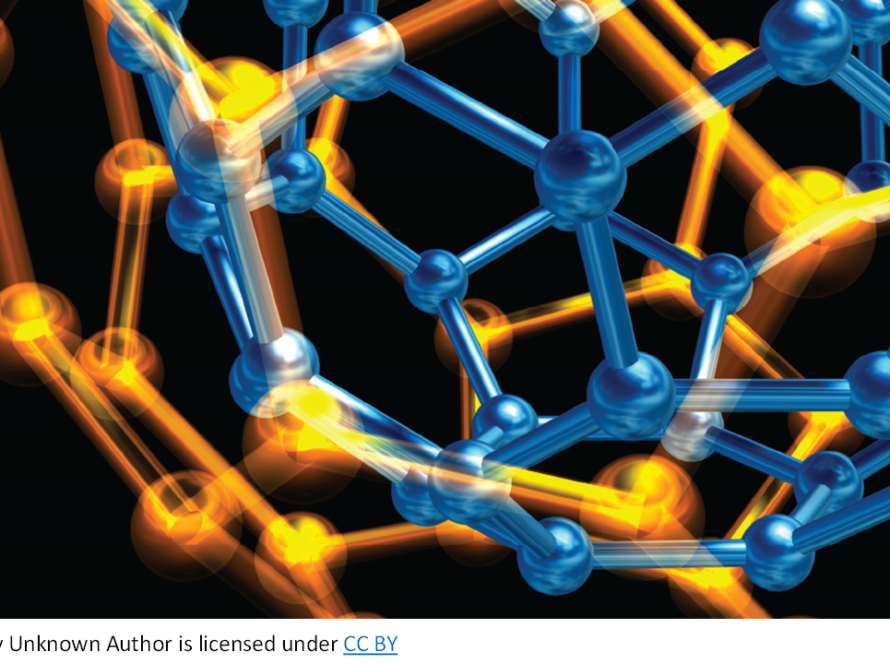Spatial transcriptomics (ST) is transforming the field of biology by enabling researchers to visualize gene expression patterns across tissues. This technology provides a comprehensive understanding of how genes interact within their spatial context, shedding light on various aspects such as development and disease. However, analyzing ST data presents significant challenges due to its sheer volume, complexity, and noise. Introducing SPACEL – an advanced deep learning toolkit designed to address these intricacies head-on. Comprising three essential components that collaborate seamlessly, SPACEL empowers scientists to unravel the concealed insights embedded within spatial transcriptomics data.
Spoint: Deciphering the Cellular Cast
Spoint acts like a detective, meticulously examining the mixed signals from each ST slice. Using a sophisticated model, it identifies the different cell types present and their relative proportions. This paints a detailed picture of the cellular makeup across the tissue.
Splane: Unveiling Functional Neighbourhoods
Splane takes the analysis a step further. It uses a special kind of neural network to identify spatially connected regions within the tissue that share similar gene expression patterns. These “spatial zones” represent functionally distinct neighbourhoods, revealing how cells interact and organize themselves.
Scube: Building a Tissue in 3D
Finally, Scube takes center stage. It integrates information from sequential ST slices, meticulously aligning and stacking them to create a complete 3D representation of the tissue. This 3D map allows scientists to visualize the intricate dance of gene expression throughout the tissue, providing a holistic understanding of cellular relationships and organization.
SPACEL: A Gateway to Discovery
By analyzing ST data with SPACEL, researchers can:
- Understand Tissue Development: Trace the spatial organization of cells during development, revealing how tissues form and mature.
- Identify Disease Drivers: Pinpoint key genes and signaling pathways involved in disease progression, paving the way for targeted therapies.
- Revolutionize Medicine: Develop treatments that focus on specific cell types or spatial domains within diseased tissues.
SPACEL’s Impact and Future Potential
SPACEL’s deep learning approach provides unparalleled accuracy and scalability, positioning it as a vital tool for unlocking the mysteries of spatial transcriptomics data. As this field continues to expand, SPACEL will lead the way in enabling researchers to interpret tissue language and drive advancements in biology and medicine. The future looks promising for SPACEL. Researchers are continuously seeking ways to enhance its capabilities, potentially by introducing new modules for analyzing ST data in innovative ways. Furthermore, leveraging SPACEL across a broader spectrum of tissues, including those from humans and other animals, holds great potential. Through integration with other analysis tools, SPACEL has the opportunity to evolve into an even more robust platform for exploring the intricacies of spatial transcriptomics data.
SPACEL is already making significant strides in this rapidly evolving field. Its ongoing development promises to have a transformative impact on our comprehension of tissue biology.
Resources
- Xu, H. et al. Nature Communications, 2023, 14, 7603. doi:10.1038/s41467-023-43220-3.
- Wikipedia contributors. (2024, February 4). Spatial transcriptomics. https://en.wikipedia.org/w/index.php?title=Spatial_transcriptomics&oldid=1203110880
- Wikipedia contributors. (2024, February 20). Deep learning. https://en.wikipedia.org/w/index.php?title=Deep_learning&oldid=1209134089




